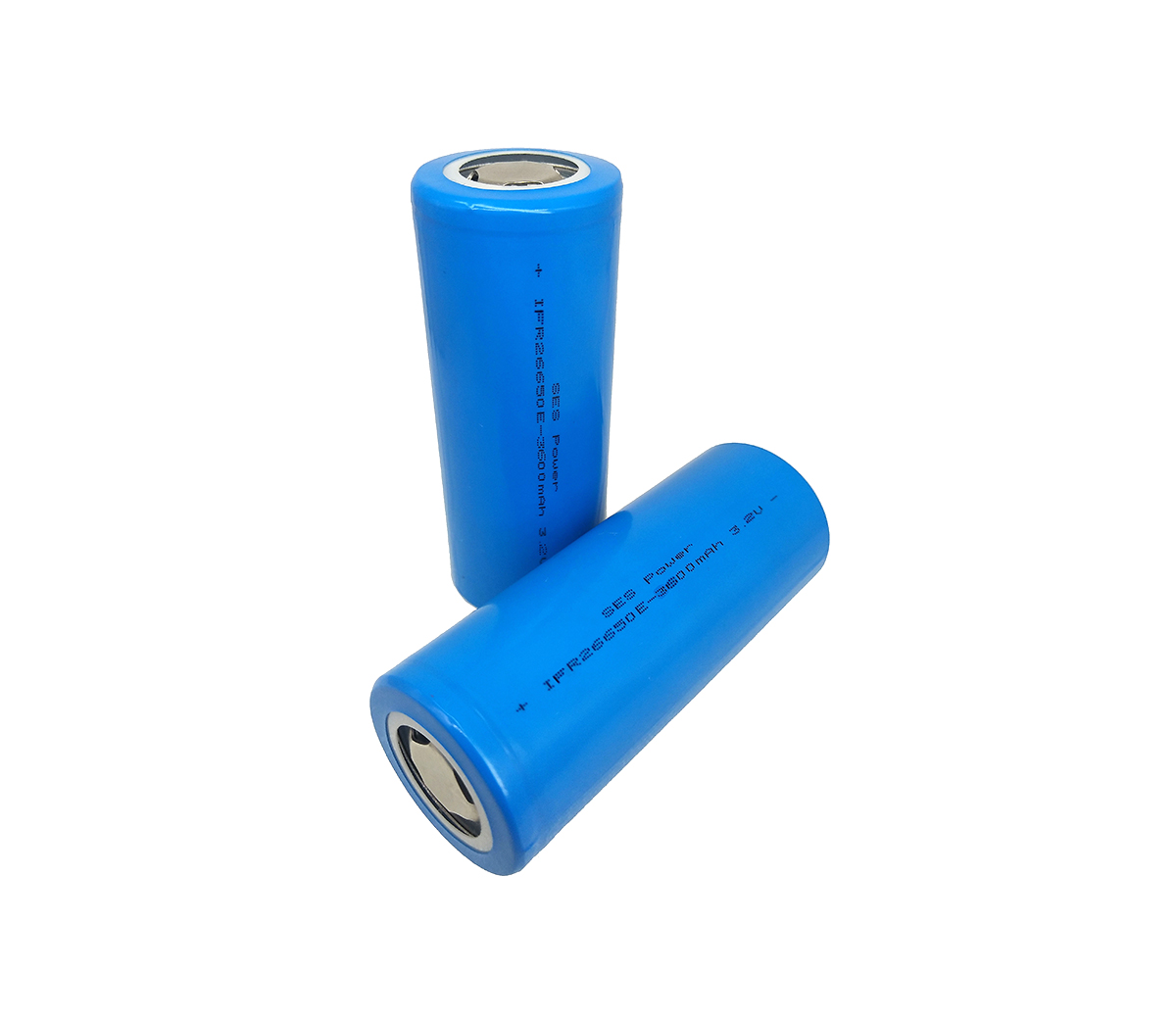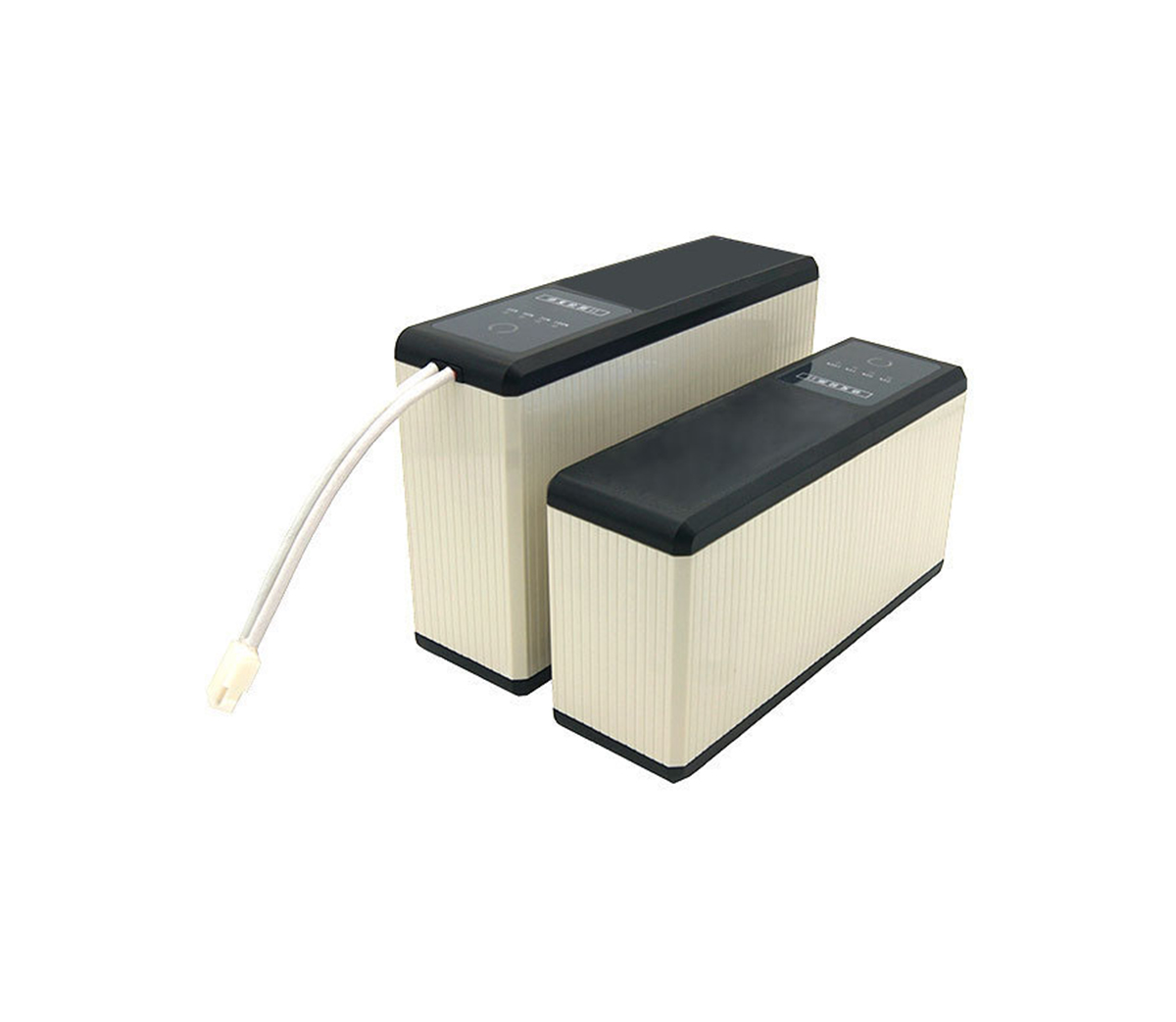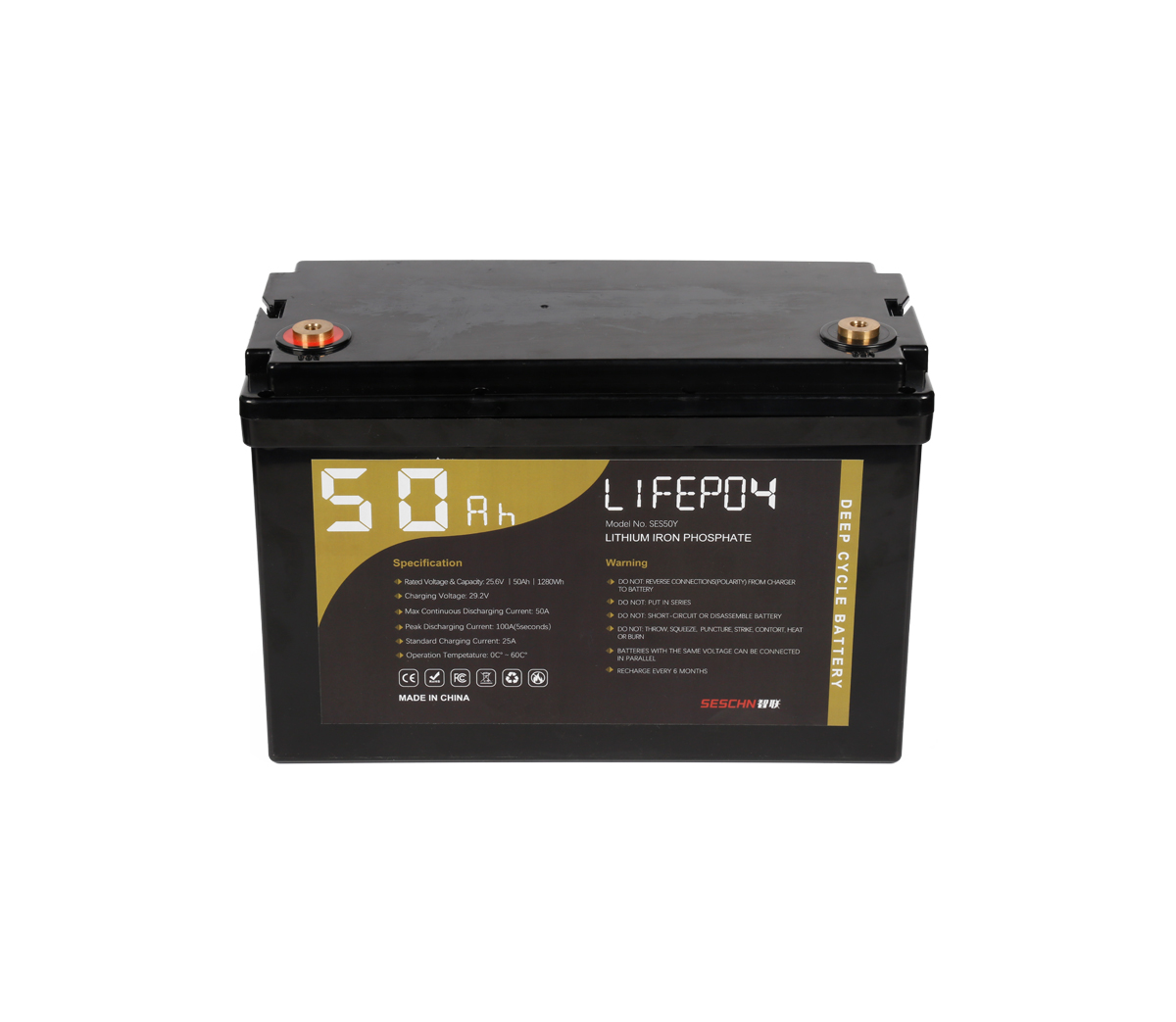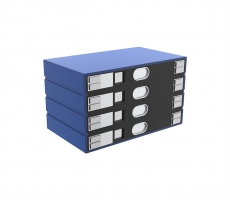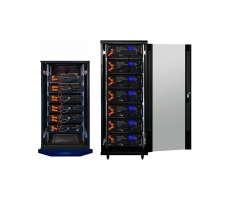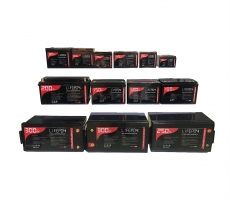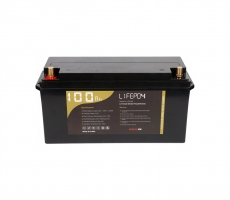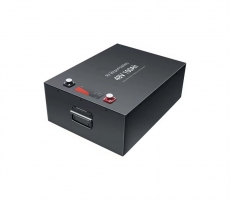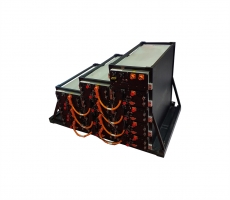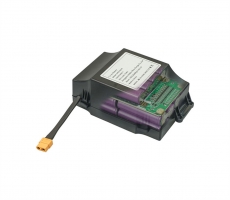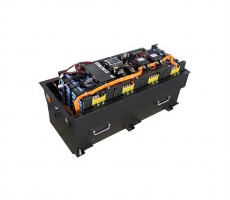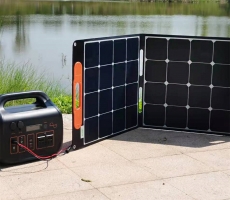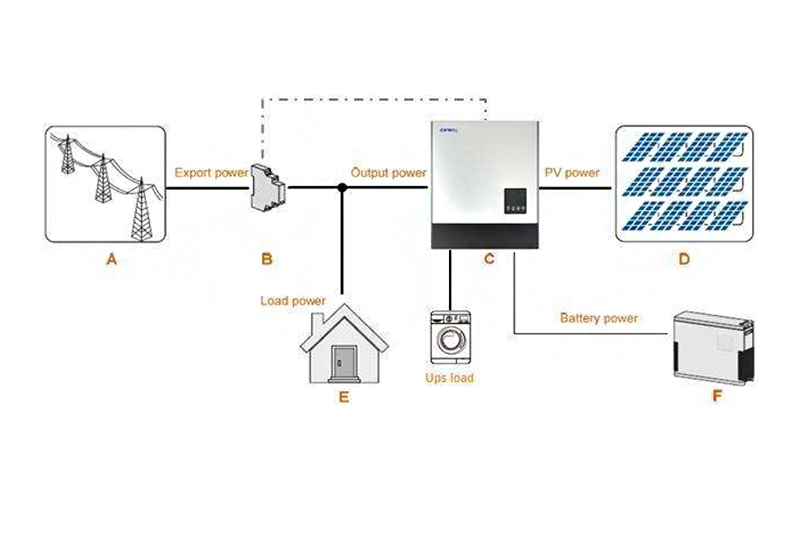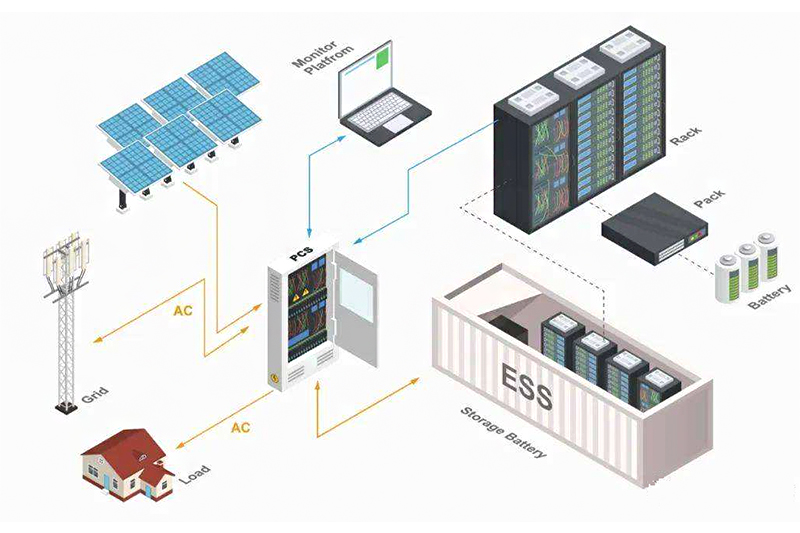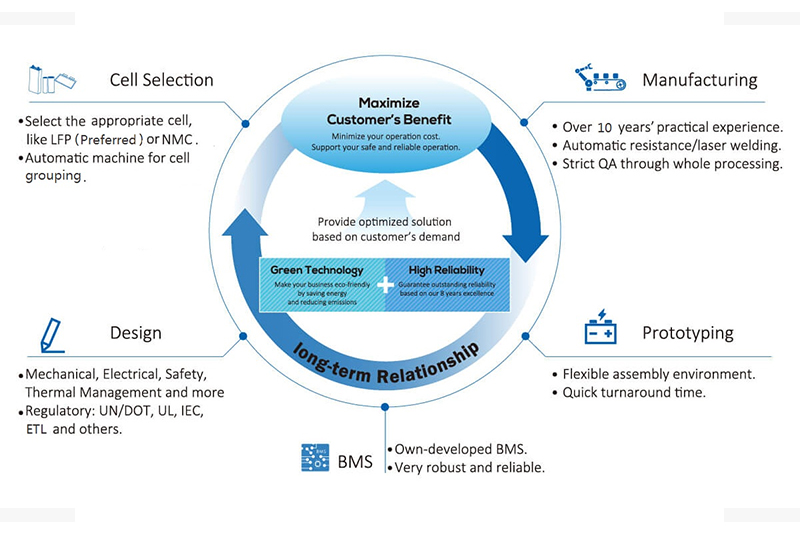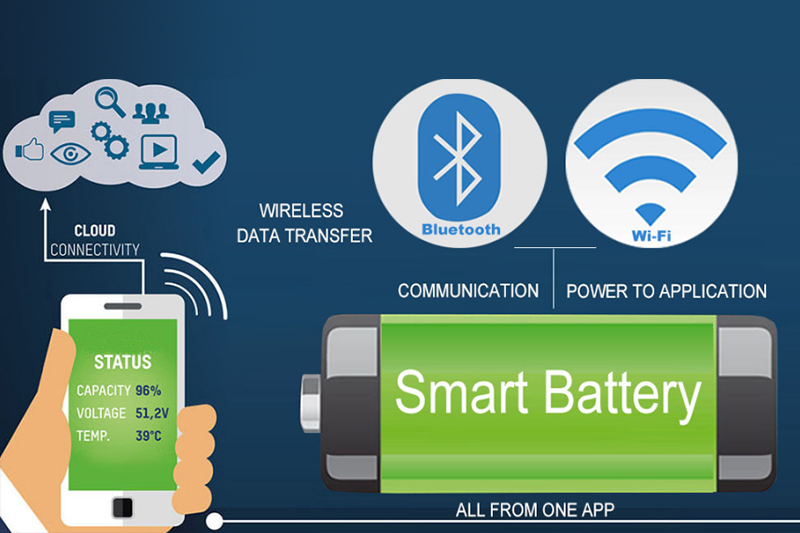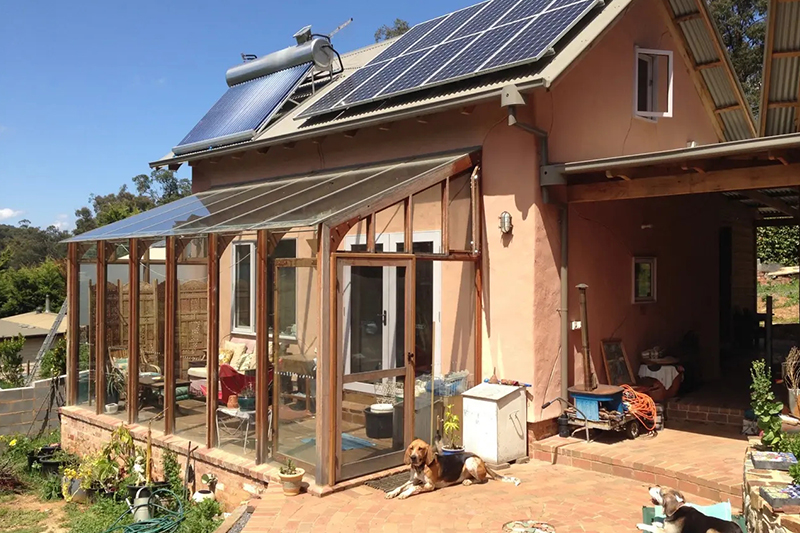AES Corporation plans to deploy more than 300MW battery energy storage
projects in Chile
The Chilean government and the US energy infrastructure developer AES
Corporation announced at the COP26 United Nations Climate Negotiation Conference
held in Grasse recently that the two parties will work together to deploy a
battery energy storage system (BESS) of more than 300MW in Chile by 2023. Will
promote the development of Chile's energy storage market. This is a rare direct
mention of the battery energy storage system deployment plan during the COP26
summit held in Glasgow.

Chilean AES Andes (formerly AES Gener) held an online groundbreaking
ceremony for the 112MW/560MWh battery energy storage project in October
2020.
AES's subsidiary AES Andes in Chile (formerly AES Gener) is currently
deploying a 112MW/560MWh lithium-ion battery energy storage project with a
continuous discharge time of 5 hours in the Antofagasta region of Chile.
Supporting deployment of 253MW renewable energy power generation facilities.
According to industry media reports, the company's battery energy storage
project broke ground in October 2020. The performance record of AES Andes in the
country is more historically significant for the energy storage industry: as
early as 2009, the company deployed the world’s first grid-connected large-scale
lithium-ion battery energy storage system to improve Chile’s The power
generation efficiency of coal-fired power plants.
The battery energy storage system supplier and integrator selected by AES
Andes is usually Fluence, which is partly owned by AES and has recently
conducted an initial public offering, bringing its valuation to approximately
US$4.7 billion.
Ricardo Falu, CEO of AES Andes, said that the newly added battery energy
storage system has an installed capacity of 188MW. This represents an investment
of approximately US$400 million in Chile. This will enable the total energy
storage capacity of the battery energy storage system deployed in the country to
reach 1563MWh, which is about 25 times more than the current 60MWh.
Chile’s energy policy aims to generate 70% of its electricity from
renewable sources by 2030. Chile’s Minister of Mines and Energy Juan Carlos
Jobet pointed out that to achieve this goal, at least 2GW of energy storage
systems will be deployed to help integrate renewable energy into Chile’s power
grid.
Jobet said that Chile needs to rapidly increase the installed capacity of
various types of energy storage systems to provide flexibility for the power
system, including battery energy storage systems and liquid air energy storage
systems (LAES).
British energy storage manufacturer Highview Power is the world's only
commercial and grid-scale liquid air energy storage system (LAES) supplier. The
company has begun to develop a long-term 50MW/500MWh liquid air in the
solar-rich Atacama-desert area in Chile. Energy storage system (LAES).
According to industry media reports in October this year, in terms of the
deployment of other large-scale battery energy storage projects, Statkraft Chile
is developing a wind power project on public land. It is expected to install a
1GWh battery energy storage system. In July, Engie Chile will Obtained the
development right for the deployment of a solar and wind hybrid power generation
facility with a total installed capacity of 1.5GW and a battery energy storage
system.
On the other hand, US commercial and industrial (C&I) energy storage
supplier Stem Inc recently stated that it is developing Chile’s first virtual
power plant (VPP) and will deploy a 0.5MWh-2MWh grid-side energy storage
system.
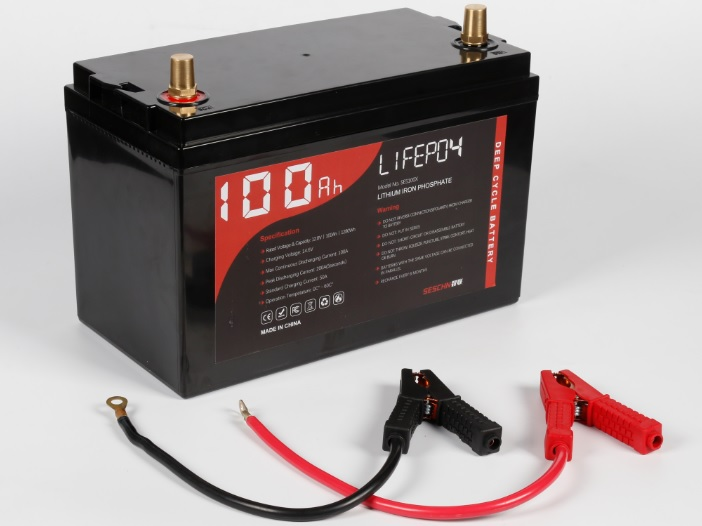
Lithium-ion battery (LIB) has become the main energy storage solution in
modern social life. Among them, lithium iron phosphate battery is a perfect
replacement for lead-acid batteries, and it is the first choice for
grid-connected peak shaving, off-grid energy storage, photovoltaic energy
storage, UPS, data center and other industries.
Solar power generation system with lithium battery energy storage system is
a very promising clean energy.











